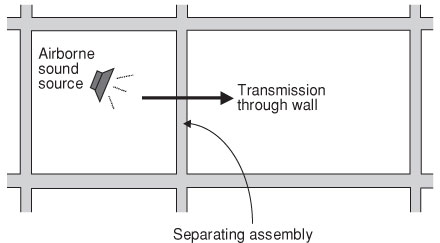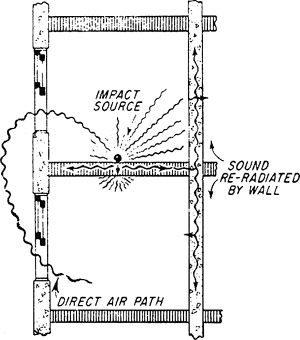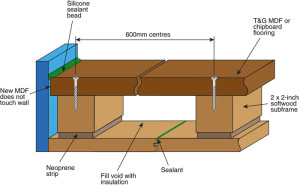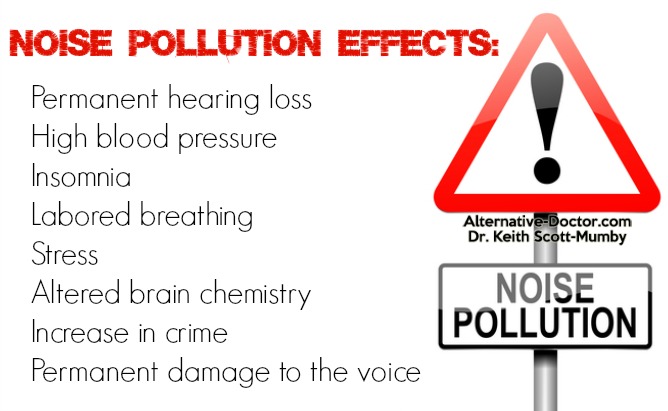By Steve Evans
There are plenty of challenges nowadays. Some challenges are easy to contend with, others can be very difficult. One particular challenge is using sound insulation and successfully reducing noise pollution in your home.
There are numerous methods, many tools, and techniques used to handle sound insulation and reducing noise pollution in your home. Some are more effective than others. How, then, are you able to make sure to get the very best results?
The answer is knowledge.
Few things are easy when you don’t understand it or don’t know how to do it. And to get great results using sound insulation to reduce noise pollution in your home, you simply need to understand what works and what does not.
Read on to improve your know-how.
Here are 5 tips for using sound insulation and reducing noise pollution in your home:

1. Airborne Sound reduction is very important. To recognize what this is just let me say that you are most likely aware that sound travels through the air in waves. That is known as airborne sound or noise.
It is at the point when noise waves hit a surface of some sort that the noise needs to be soaked up and if it is there’s a reduction in sound. Wall insulation is good for reducing the level of sound. The more of it the better. Why would this be important?
It is important where people live close to each other, because without the insulation the sound of loud noises would be disturbing and distracting.
Exactly what happens when/if you follow this advice? The airborne sounds are reduced and may not be noticed.

2. Impact Noise is what you hear when sound travels through a material or object that doesn’t absorb any of the noise at all. The material essentially conducts the sound. One such material is a wooden floor. Which is important because all those who have lived in apartments and flats know how the sound of footsteps and other similar noises can be heard quite intensively in flats that are cheaply built.
And because most people want this noise transmission method reduced, builders adopt one technique of reducing the sound here. That technique is generally to use fiberglass or the sound deadening materials between the beams and floorboards plus, top quality, thick plasterboard on the ceiling to scale back the travel of the noise to upstairs rooms from below and vice versa.

3. Flanking is a mix of airborne and impact noise. It is noise that reaches you indirectly. It might be open spaces like corridors, chimneys or unsealed openings in the home.. The main reason behind this is that this type of noise is particularity intrusive because it comes from neighbors.
Methods to reduce this type of noise include using sound reducing acoustic layers under the carpet. Tiles are available from any retail sources. Sheep Wool Underlay is an Eco friendly product that may reduce noise by 21db and is excellent to be used under timber floors. Another way to reduce noise inside the house is to use rubber flooring that may reduce noise by around 20 db.

4. You could build a floating floor and by that we mean that you could float another floor above the first and use acoustic plasterboard to attenuate the noise.
Ceilings can be sound proofed by using plasterboard of high quality, or using 2 layers. Can you guess why this is a good idea? Well, it can help many people who are disturbed by their neighbors.
5. Windows and doors can allow the transmission of a lot of noise to leak through them. To reduce this they are often double glazed and can reduce noise from outside by around 24db.
Make sure there aren’t any openings around windows as this can permit sound traveling and it can be very cold as well!!
Attention to this detail can bring big sound pollution reductions for you and create a very peaceful relaxing home.
Carefully follow the 5 tips above and you can expect excellent results in using sound insulation and reducing noise pollution in your home. You’ll then enjoy all of the fruits, joys and benefits thereof. If you ignore these tips, your results as well as the benefits that accompany those results are going to be dramatically reduced.
Article Source: http://EzineArticles.com/expert/Steve_Evans/108545


